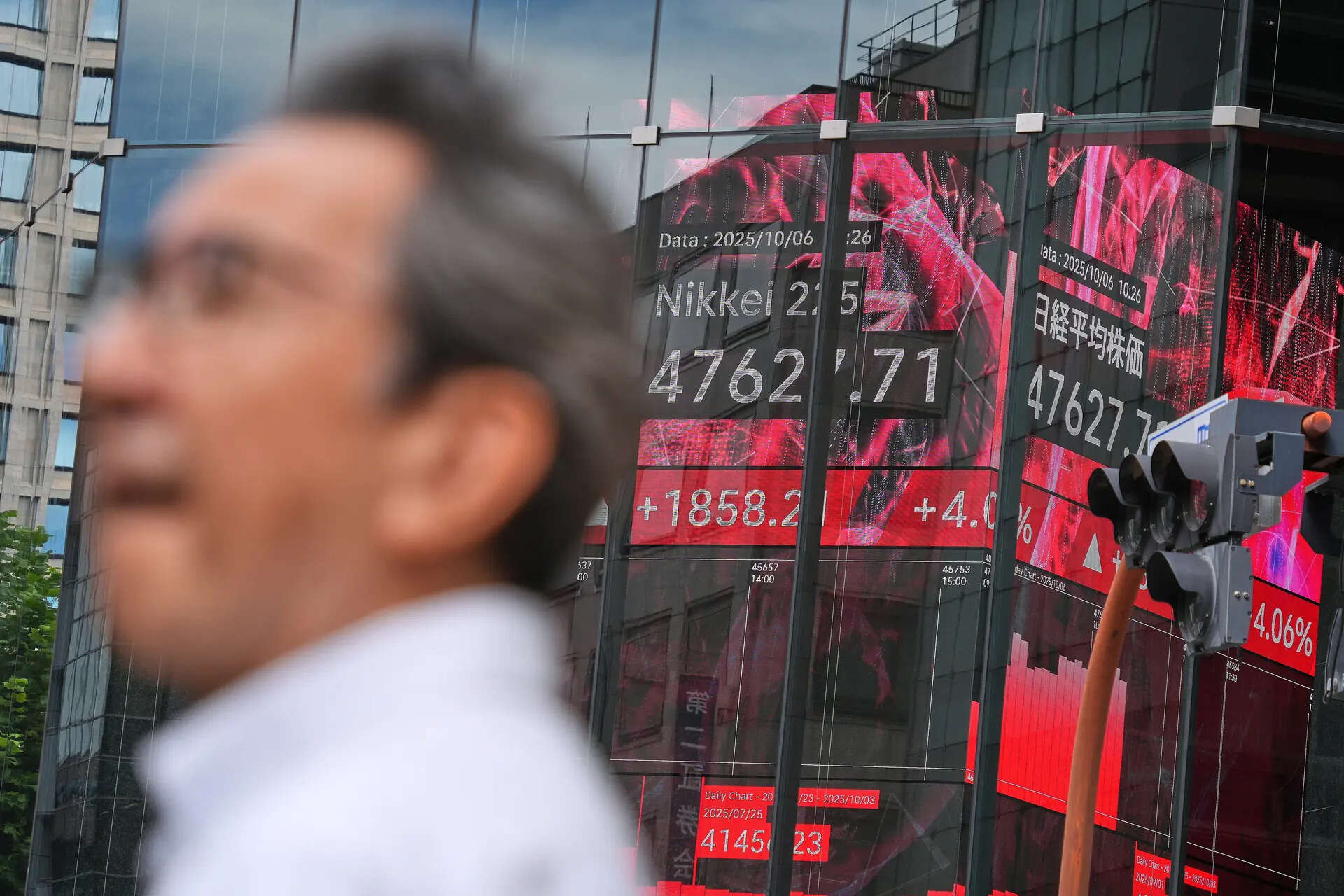The rupee weakened by 7 paise to close at 85.55 against the US dollar, influenced by volatile equity markets and rising crude oil prices. Investors were cautious ahead of GDP data release, while the dollar strengthened after a US court ruling on tariffs. Despite FII selling, India’s growth outlook remains robust, as highlighted by the RBI.
Rupee’s Rollercoaster: Navigating the Choppy Waters of Global Markets
Okay, let’s talk money – specifically, your money. Ever feel like the value of the rupee is doing its own unpredictable dance? Well, lately, it’s been more of a jittery tango, dipping 7 paise to touch 83.55 against the US dollar. Now, that might not sound like a lot on the surface, but in the grand scheme of international finance, these little movements can ripple outwards, affecting everything from the price of your imported gadgets to the health of our overall economy.
So, what’s causing this little stumble? It’s a confluence of factors, a perfect storm brewing in the global marketplace, and understanding them can give us a bit more insight into why your wallet might feel a little lighter some days.
Firstly, let’s talk about the stock market. Remember those heart-stopping drops and exhilarating climbs we’ve been seeing? That volatility – that feeling of uncertainty – doesn’t just stay confined to the stock tickers. It bleeds into the currency markets. When investors get nervous about equities (stocks and shares), they often seek safer havens, and for many, that means the US dollar. This increased demand for dollars naturally pushes up its value, making the rupee look comparatively weaker. It’s like everyone scrambling for the same lifeboat, leaving the smaller boats bobbing precariously.
Then there’s the ever-present specter of crude oil prices. India, as a major importer of oil, is particularly sensitive to fluctuations in the oil market. Think of it this way: when oil prices climb, we need to shell out more dollars to buy the same amount of crude. This increased demand for dollars puts downward pressure on the rupee. The current upward trend in crude prices, driven by geopolitical tensions and supply concerns, is definitely a contributing factor to the rupee’s recent dip. It’s a simple supply and demand equation, but with massive global implications.
Now, I know what you’re thinking: “So, what does this actually mean for me?” Good question! Here’s the breakdown:
* Imported Goods: If you’re eyeing that new smartphone from overseas or waiting for a shipment of fancy cheese, expect to pay a bit more. A weaker rupee makes imports more expensive.
* Travel: Planning a trip to the US or Europe? Your rupees won’t stretch quite as far. Exchange rates matter, and a less valuable rupee means you’ll get fewer dollars or euros for your money.
* Inflation: While the Reserve Bank of India (RBI) works hard to keep inflation in check, a weaker rupee can make their job harder. More expensive imports can contribute to overall price increases in the economy.
But it’s not all doom and gloom. There’s always a silver lining, and in this case, it’s for exporters. A weaker rupee makes Indian goods and services more competitive on the global market. Think of it as a discount for international buyers. This could potentially boost exports and help improve our trade balance.
So, what can we expect going forward? Predicting currency movements is notoriously difficult, even for seasoned financial professionals. There are just so many moving parts, from global economic growth and inflation rates to geopolitical events and domestic policy decisions.
One thing is certain: the RBI will be keeping a close watch on the rupee’s performance. They have a toolbox of measures they can use to manage the currency’s volatility, from intervening in the market by buying or selling dollars to adjusting interest rates. However, they also need to strike a delicate balance, ensuring that any intervention doesn’t stifle economic growth.
Ultimately, the rupee’s fate is intertwined with the broader global economic landscape. As long as uncertainty persists in the stock markets and crude oil prices remain elevated, the rupee is likely to experience periods of volatility. It’s a reminder that we live in an interconnected world, where events on one side of the globe can have a direct impact on our wallets.
So, the next time you hear about the rupee’s movement in the news, remember it’s not just a number on a screen. It’s a reflection of the complex forces shaping our economy and a reminder to be a little more mindful of our spending habits, especially when it comes to those tempting imported treats. The world of finance can seem daunting, but hopefully, this sheds some light on the dance the rupee is doing and why it matters to you.
📬 Stay informed — follow us for more insightful updates!







